Pimoroni Keybow Mini Mechanical Keyboard Kit (Clicky keys)
Retired Product
Replaced by: PIM565This product is no longer available. This page is only for reference.
Keybow is an easy-to-build, solderless, DIY mini mechanical keyboard. It's Raspberry Pi-powered, with twelve illuminated keys, hot-swap clicky or linear switches, clear keycaps, and awesome customisable layouts and macros. It's the ultimate macro pad.
This kit has everything you need* to build your own mini mechanical keyboard. It's a fun, affordable, first step into the world of mechanical keyboards, with high-quality clicky (Gold) or linear (Silver) Kailh Speed switches and clear DSA-profile key caps that look incredible when lit up with the per-key RGB lighting. The fancy hot-swap Kailh sockets mean that there's absolutely no soldering required!
Kit includes
- Raspberry Pi Zero WH
- Keybow PCB
- Switch plate
- Twelve Kailh Speed switches (Gold or Silver)
- Twelve clear DSA-profile key caps
- Acrylic baseplate
- Fixings and feet
- Micro-USB cable
- Comes in a reusable kit box
- *Just add your own micro-SD card
Use Keybow as a hotkey pad for your favorite program like Adobe Lightroom, a custom games controller, to trigger clips, tracks, or effects in Ableton Live, or to paste frequently-used text or code snippets. So, if you want to open your web browser and search for cat GIFs all with a single keypress. Because all your key and lighting customization is stored on the device, it's completely portable too, meaning you can switch your setups between any machine you like.
Keybow is powered by a Raspberry Pi Zero WH (with pre-soldered header) and uses the Zero's USB HID gadget mode so that it appears as a real keyboard when plugged into your computer with the included USB cable. Pimoroni have built a completely custom, stripped-down, RAM-disk-based Keybow OS with a Lua interface to customize the layout and lighting on your Keybow. It's Windows, Mac, and Linux-compatible.
Keybow features
- Per-key RGB LEDs (APA102)
- Kailh hot-swap switch sockets (for Cherry MX-compatible switches)
- 40-pin female header
- I2C breakout header for add-ons
- Custom Keybow OS
- Compatible with Raspberry Pi 3B+, 3, 2, B+, A+, Zero, and Zero W
- Assembled size: 85x56.5x38mm
Here's a little video of us using Keybow to control Ableton Live, muting tracks and effects, and switching between plugins.
Construction
The Keybow PCB has a 40-pin female header, like a regular Pi HAT, that plugs onto the 40-pin male header on the included Raspberry Pi Zero WH. The Pi is attached to the acrylic baseplate and shim, and the whole thing is rigidly held together by metal standoffs. Rubber feet on the baseplate stop Keybow from slipping around on your desk.
Mechanical switches
Keybow comes with your choice of Kailh Speed Gold (clicky) or Silver (linear, non-clicky) switches. Both switches are light and smooth, and the gold switches have a satisfying click when pressed.
Pimoroni have chosen clear DSA key caps for Keybow, as they show off the per-key RGB LEDs really well. The slightly frosted finish on the clear key caps diffuses the light beautifully. Being DSA, the caps have a flat profile that suits small size of Keybow.
The switches slot into the PCB switch plate to hold them securely, and then push into the Kailh hot-swap sockets on the Keybow PCB. This means that there's no soldering required, and you can easily change out the switches in the future if you wish.
Note: that if you want to use different switches with Keybow, then you'll need to ensure that they have a recess on the underside for surface-mount LEDs.
Lighting
Pimoroni has used the same tiny APA102 RGB LEDs that they used on their Picade Plasma PCBs, and there's one under each of the twelve keys. The LEDs sit in the cavity on the underside of the switch and shine up through, into the keycap.
There's a nifty way to light and animate the LEDs on Keybow. You can create a PNG file with a coloured gradient or pattern, and it will be animated across the LEDs from the top of the image to the bottom. The width of the PNG determines how it's displayed.
You can also manually set the LEDs on one or more keys, overriding the animation, or have them only light up when pressed.
There's a bunch of example animations to use, or you can create your own in your favourite graphics program.
Key mappings and layouts
The power of Keybow is in how customisable it is. You can map each of the twelve keys to whichever keyboard keys you want, or even have them trigger a whole series of keypresses or strings of text to be entered.
The Keybow software uses the on-the-go micro-USB port on the Raspberry Pi Zero WH and USB HID gadget mode, so that it appears as a regular USB keyboard device when plugged into a computer.
The custom, stripped-down OS runs on a RAM-disk, meaning that it boots and runs quickly, it's robust against being unplugged, and there's no risk of SD card corruption.
To customise your Keybow layout and lighting, just pop the micro-SD card out and edit the keys.lua file on your computer.
Pimoroni has included a bunch of useful code snippets and helper functions for Windows and Mac that can be used in your Keybow layouts, as well as whole example layouts to turn your Keybow into things like an Adobe Lightroom hotkey pad, a Pico-8 games controller, or just a regular numberpad.
Exact shipping can be calculated on the view cart page (no login required).
Products that weigh more than 0.5 KG may cost more than what's shown (for example, test equipment, machines, >500mL liquids, etc).
We deliver Australia-wide with these options (depends on the final destination - you can get a quote on the view cart page):
- $3+ for Stamped Mail (typically 10+ business days, not tracked, only available on selected small items)
- $7+ for Standard Post (typically 6+ business days, tracked)
- $11+ for Express Post (typically 2+ business days, tracked)
- Pickup - Free! Only available to customers who live in the Newcastle region (must order online and only pickup after we email to notify you the order is ready). Orders placed after 2PM may not be ready until the following business day.
Non-metro addresses in WA, NT, SA & TAS can take 2+ days in addition to the above information.
Some batteries (such as LiPo) can't be shipped by Air. During checkout, Express Post and International Methods will not be an option if you have that type of battery in your shopping cart.
International Orders - the following rates are for New Zealand and will vary for other countries:
- $12+ for Pack and Track (3+ days, tracked)
- $16+ for Express International (2-5 days, tracked)
If you order lots of gear, the postage amount will increase based on the weight of your order.
Our physical address (here's a PDF which includes other key business details):
40 Aruma Place
Cardiff
NSW, 2285
Australia
Take a look at our customer service page if you have other questions such as "do we do purchase orders" (yes!) or "are prices GST inclusive" (yes they are!). We're here to help - get in touch with us to talk shop.
Have a product question? We're here to help!
Guides
The Maker Revolution
Projects
WaveJumper: Music Sample Slicer on a Breadboard
PiicoDev Ecosystem In Fritzing
10" Home Lab Testing Rack
Makers love reviews as much as you do, please follow this link to review the products you have purchased.

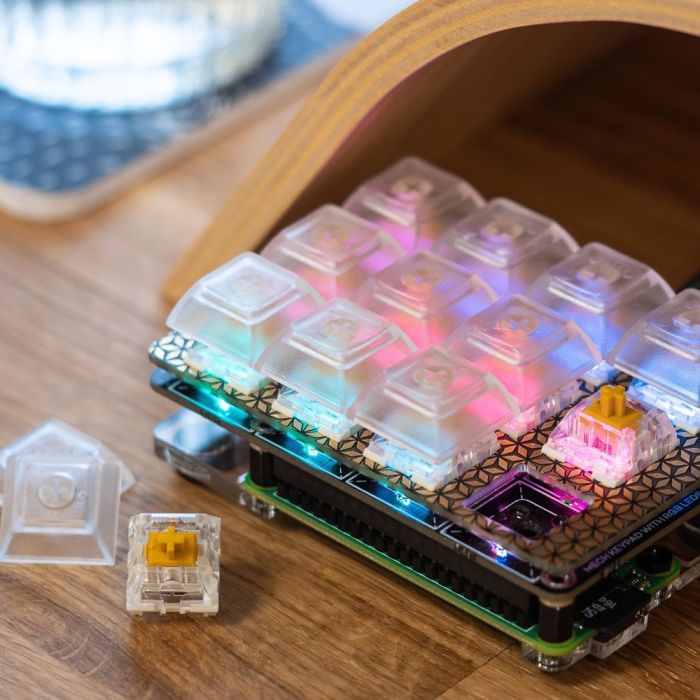

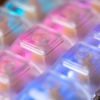
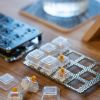
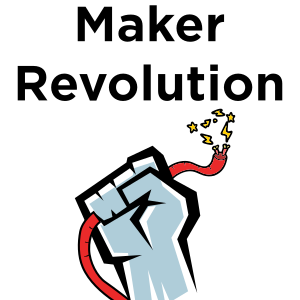
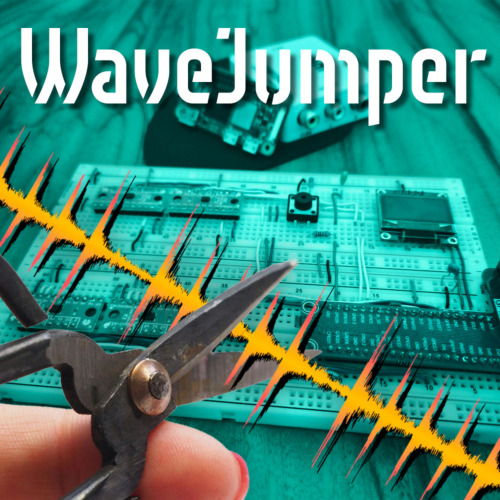
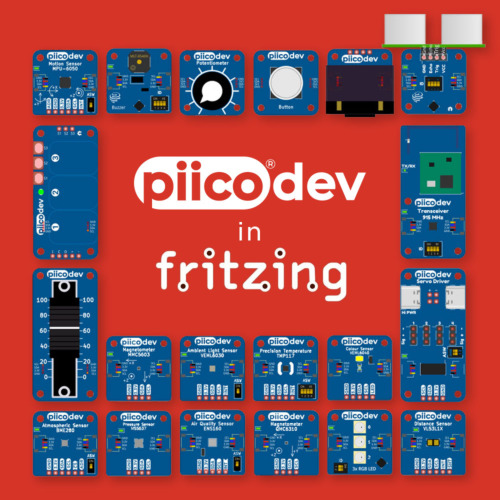


Product Comments